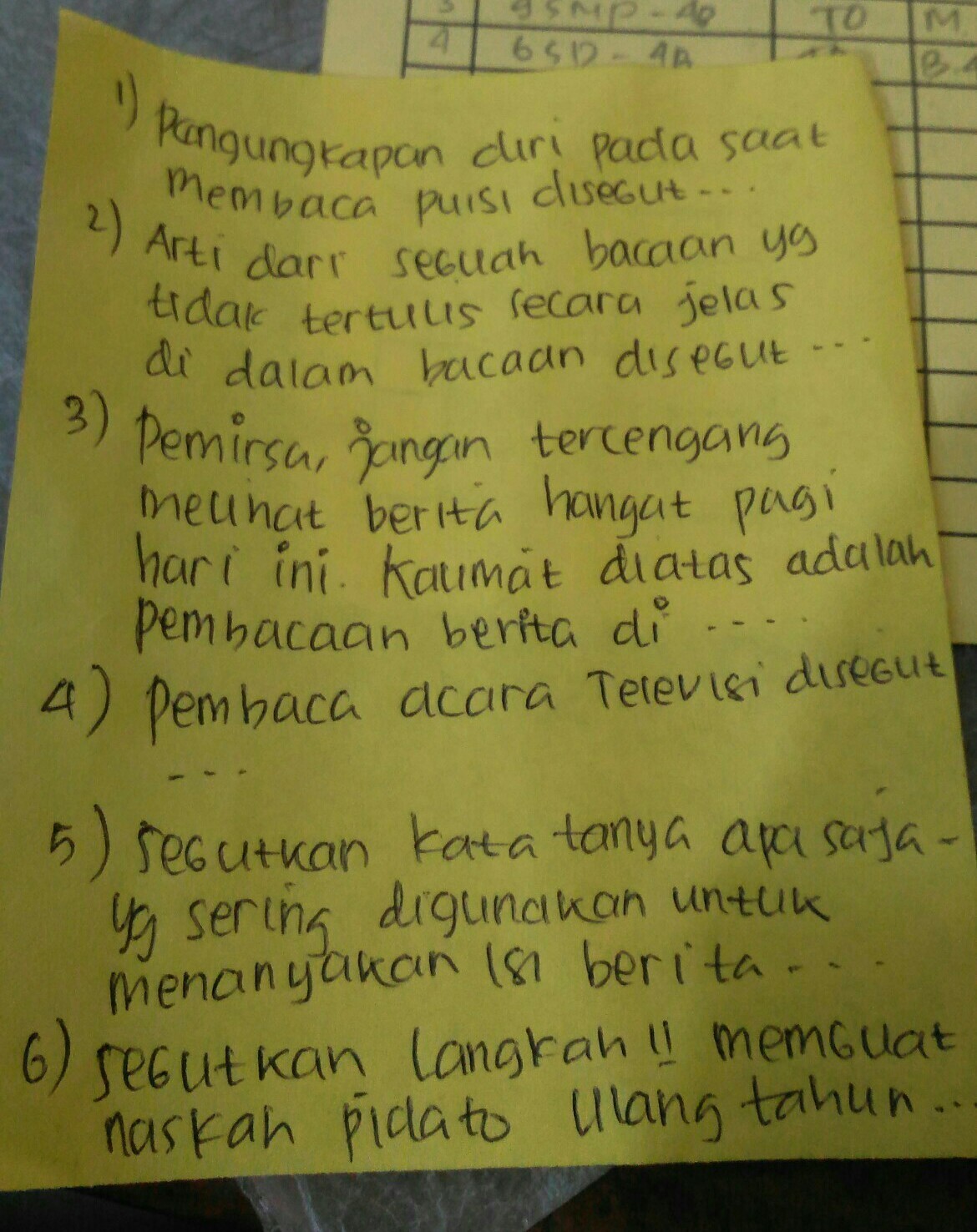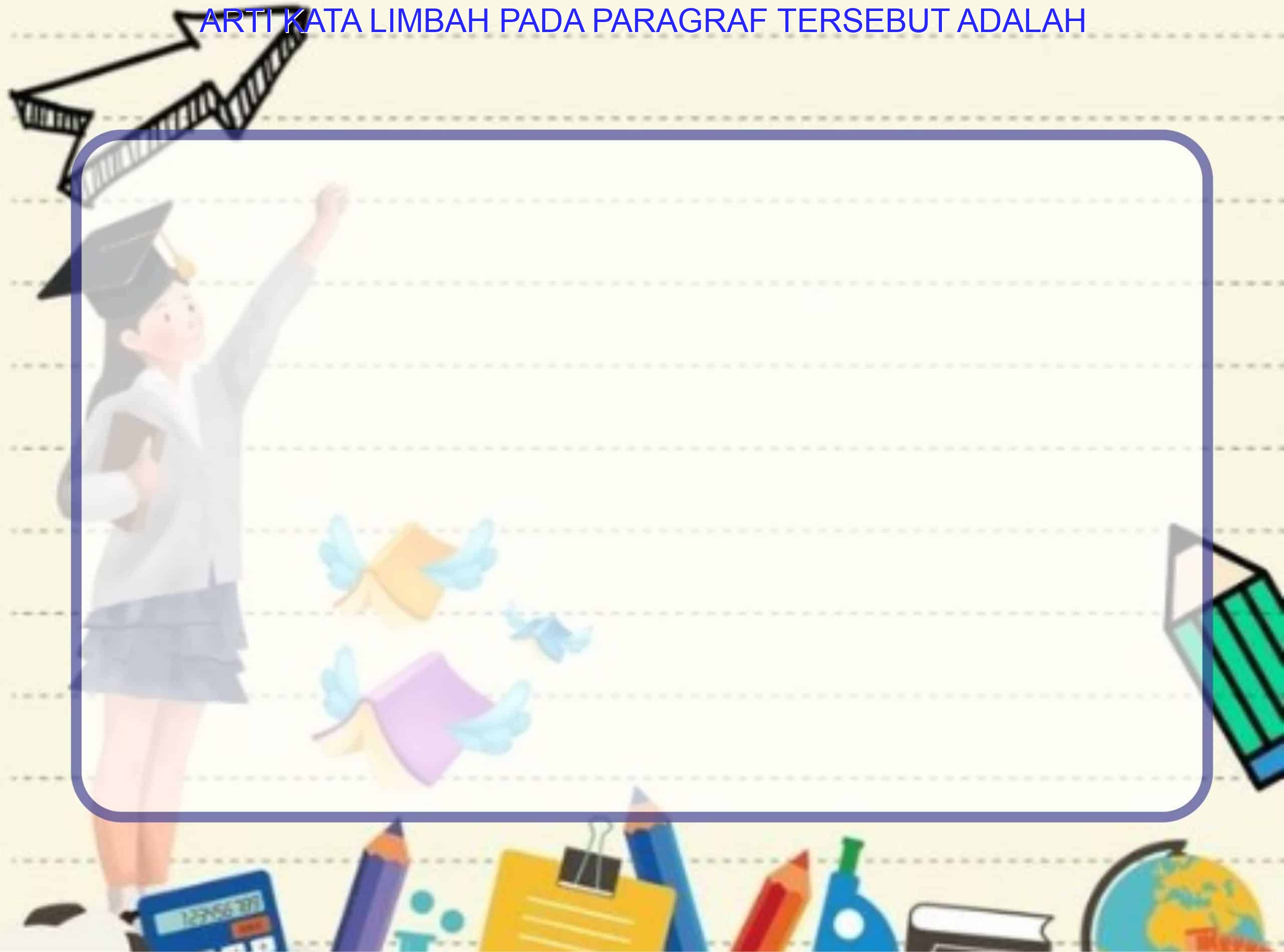arti kata limbah pada paragraf tersebut adalah
Welcome to Liputanberitaku.com’s Insightful Exploration
Liputanberitaku.com is here to shed light on the meaning and significance of the term “limbah” in various paragraphs. With our expertise in the field, we aim to provide you with valuable information and insights. Are you ready to delve into the world of “limbah” and uncover its true essence? Let’s get started!

Understanding the Concept of “Limbah”
Defining the Basics
In the context of various paragraphs, “limbah” refers to waste materials or substances that are produced by human activities or natural processes. These materials are considered to be no longer useful or valuable and are typically discarded. The term “limbah” encompasses a wide range of materials, including solid waste, liquid waste, and gaseous waste.
Classification and Types of “Limbah”
There are several ways to classify “limbah” based on different criteria. One common classification is based on the physical state of the waste. Solid waste includes materials like household trash, construction debris, and industrial waste. Liquid waste refers to wastewater, sewage, and chemical effluents. Gaseous waste includes emissions from industrial processes, exhaust gases, and air pollutants.
The Environmental Impact of “Limbah”
“Limbah” can have a significant impact on the environment and human health if not managed properly. Improper disposal of waste can lead to pollution of air, water, and soil. It can also contribute to the spread of diseases and contamination of food sources. The proper management and treatment of “limbah” are crucial to minimizing its negative effects and protecting the environment.
The Significance of “Limbah” in Today’s World
Sustainable Waste Management
In recent years, there has been a growing recognition of the importance of sustainable waste management. The proper handling, treatment, and disposal of “limbah” are essential for reducing the environmental impact and promoting a more sustainable future. Recycling, composting, and waste-to-energy technologies are some of the strategies employed to manage waste effectively.
The Role of Legislation and Policies
Government legislation and policies play a vital role in addressing the issue of “limbah” and promoting responsible waste management. Many countries have implemented laws and regulations to regulate waste disposal, encourage recycling, and promote the reduction of waste generation. These measures aim to create a more sustainable and cleaner environment.
FAQs about “Limbah”
Q: What are the common sources of “limbah”?
A: “Limbah” can originate from various sources, including households, industries, agriculture, healthcare facilities, and mining activities.
Q: How can “limbah” be managed and treated?
A: “Limbah” can be managed through strategies such as waste segregation, recycling, composting, and the use of advanced waste treatment technologies.
Q: What are the potential risks of improper “limbah” management?
A: Improper “limbah” management can lead to environmental pollution, contamination of water sources, the spread of diseases, and adverse impacts on human health and wildlife.
Q: How can individuals contribute to proper “limbah” management?
A: Individuals can contribute by practicing waste reduction, recycling, and responsible disposal. It is essential to be mindful of the environmental impact of our actions and make sustainable choices.
Conclusion
In conclusion, “limbah” plays a significant role in our society and has a profound impact on the environment. Understanding the meaning and significance of “limbah” is essential for promoting sustainable waste management practices. By adopting responsible waste management strategies, we can contribute to a cleaner and healthier world.
